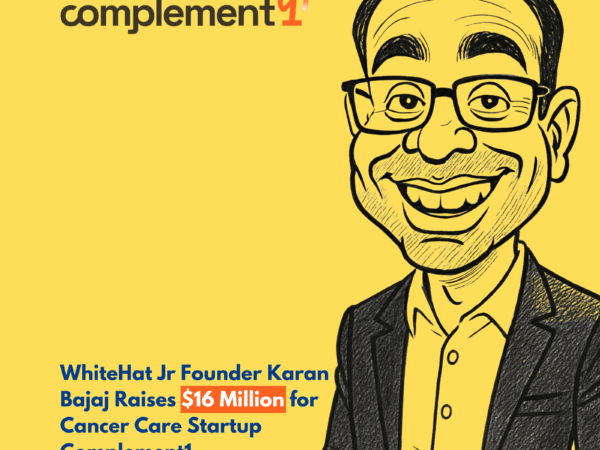 |
| Lord Harold Samuel is credited with this quote, but it probably predates him. |
 |
| What’s with luxury and brand names? |
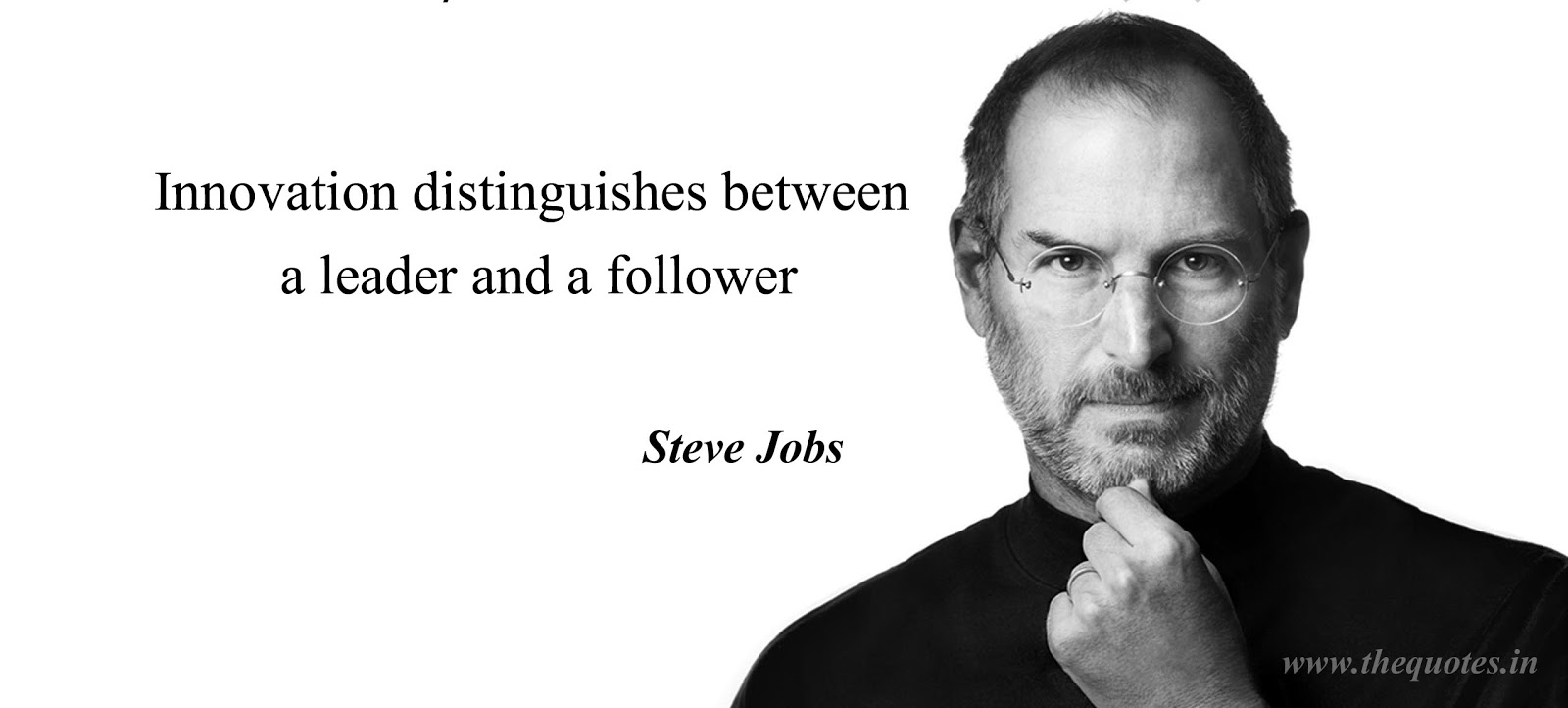 |
| This is literally the first quote that pops up on Google. Not very innovative of me! |
 |
| Globally certified as “well-travelled”. |
 |
| It’s a tightrope walk, and there are no second chances. |
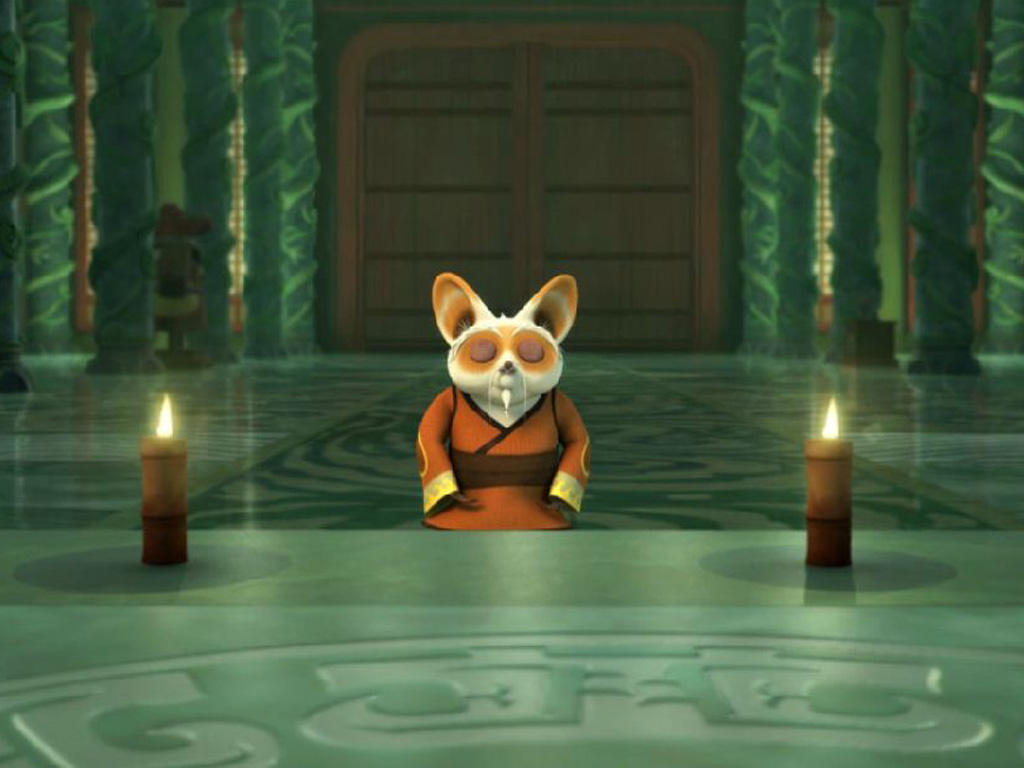 |
| Inner peace….innnnnnnner peaaaaaaaace! |
 |
| “Ek goli, ek dushman.” |
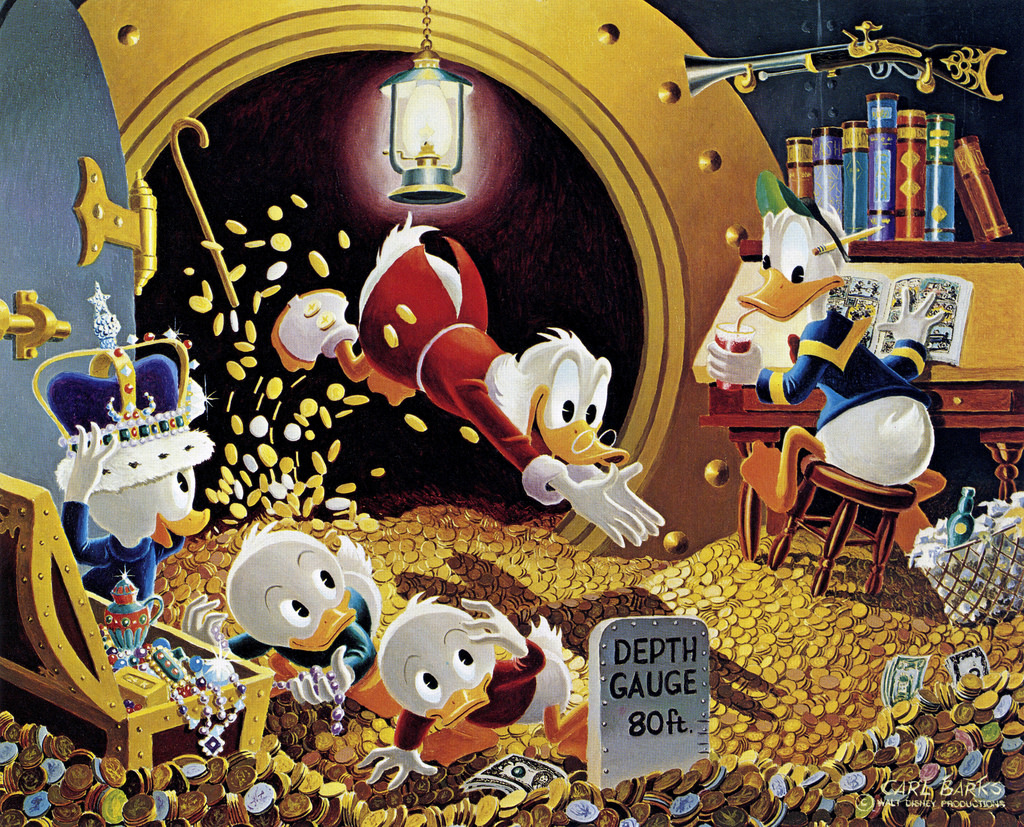 |
| You wanna sell something to Uncle Scrooge? Think like him. |
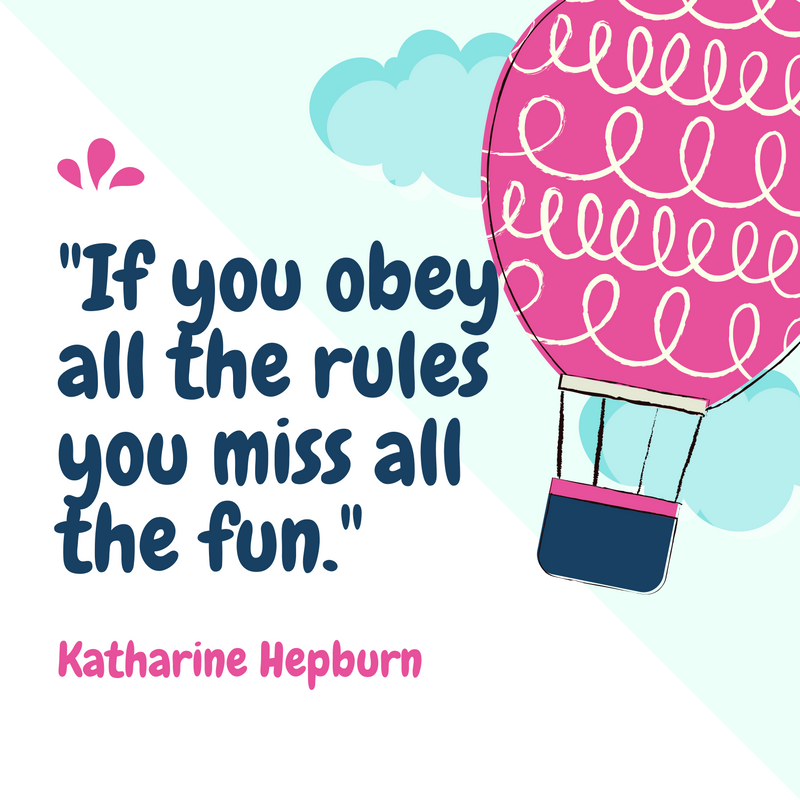 |
| Well then, what are you waiting for? |



